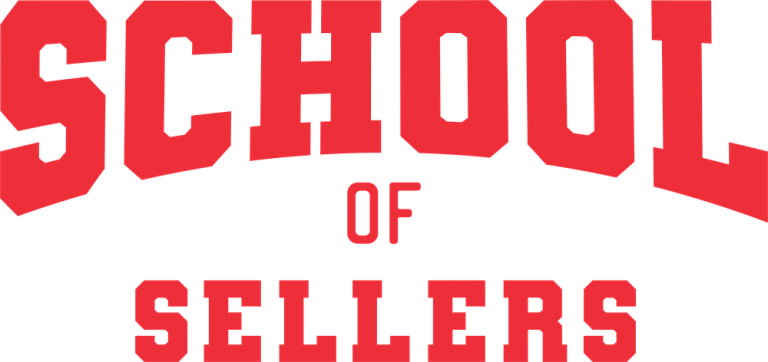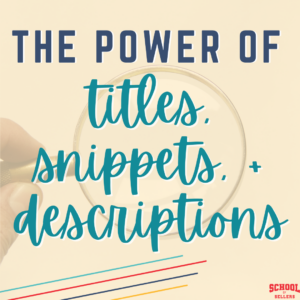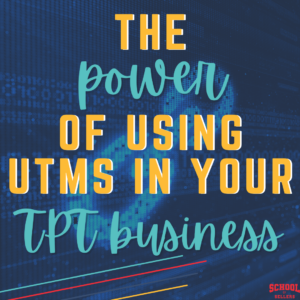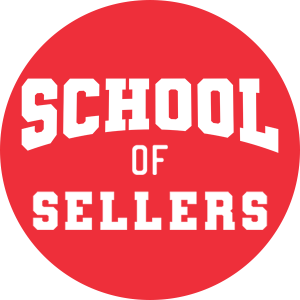Episode Summary
Welcome to Part 2 of our email hot seat series. In case you missed Part 1 of the email hot seat series about starting an email list, Ashley from Team SOS has collected questions from our Facebook groups and our emails to get all of your burning email marketing questions. So anything from the cost of running an email list to the best way to send email newsletters to your subscribers, we are answering it all during this series and Ashley is going to be picking questions out of a jar and reading them to me. I don’t know what she’s about to ask me, but this will be a really good opportunity for you guys to hear exactly what we think when it comes to all things email marketing. Without further ado, let’s take it to Ashley who has our very first question for today.
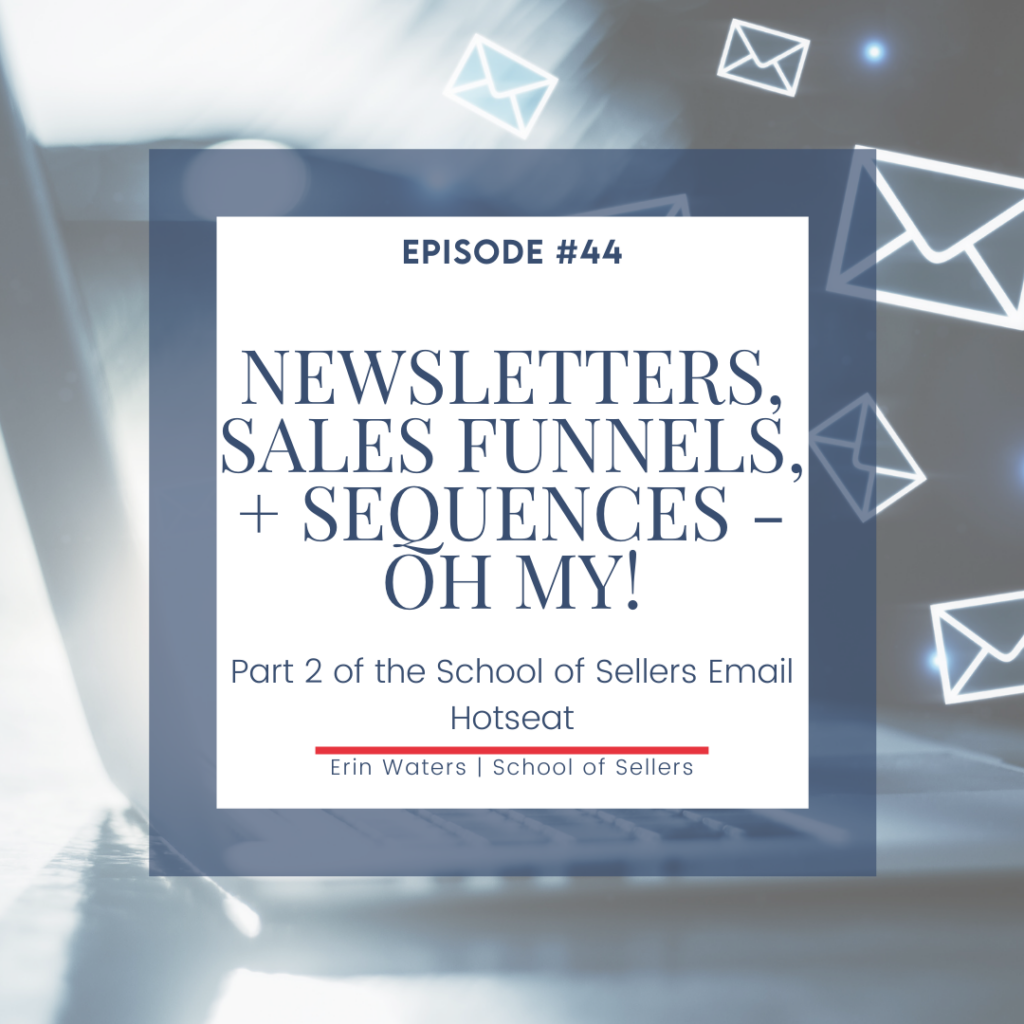
This post may contain affiliate links. As an Amazon Associate, I earn from qualifying purchases.
How often should we send email newsletters?
Erin: Good question! So once we have this list, we are now responsible for sending our subscribers an email on a regular basis. In the teacher seller world, they’re commonly referred to as email newsletters. So in order to get your subscribers to get to know you better and to build that know, like, and trust factor, part of building that relationship is to send them emails or newsletters on a regular basis. Now depending on the provider that you use, these might be called different things. They’re called broadcasts in ConvertKit. What are they called in Flodesk, Ashley?
Ashley: Campaigns.
Erin: I would say when it comes to emailing your list, I don’t think there’s a one-size-fits-all answer because we have different audiences. We have different personal lives and schedules. But I would say that a good rule of thumb is to just stick with whatever you decide. Make sure it’s consistent and make sure that you’re emailing them. If you do it every week, make sure you continue to do it every week. If you do it every month, try to stick to an every month schedule. And that will not only help them start to expect you in their inbox but it’ll get you kind of in a good groove of making sure that you are reaching out to your audience on a regular basis and not just forgetting about them.
Also, choose your provider and then get used to their lingo and their way of doing things. I think doing it is just the easiest way to really learn it for sure.
What is the difference between a nurture sequence and a sales funnel?
Erin: I swear it’s all the lingo that is holding us up. So when we talk about email funnels, if you envision an actual funnel and you are putting people in at the very top who have never seen your business before and you are working them down to a more specific point in your business, you are basically trying to get them from the top of the funnel to the bottom. You want them to start out as complete strangers to your business and then work their way down to being your number one fan. Now of course, not everybody’s going to follow that funnel and not everyone’s going to make it to the bottom. But that’s the overall goal, right?
So when we talk about funnels in email, we are talking about different ways that we can send email to our audiences in order to get them to follow that same sort of path, right? So some common types of email funnels would be a sales funnel. This would be simply a series of emails that you send your subscribers in order to get them from maybe not knowing much about your product to getting them to the point by their last email that they are aware of your product, aware of its benefits and maybe even thinking about buying that product.
When we are talking about nurture sequences, that is definitely a type of email funnel. You can also call it a nurture funnel. It’s just simply another set of emails that’s designed to get them from a point where they probably don’t know anything about you or your business and then get them to a point where they feel like they are a member of your online community. Flodesk has…
Ashley: Yes, Flodesk is workflow. To add to it, everything you said is exactly what we need to do. But I also learned that with a funnel, you might only be talking about this one product. So for example, my funnel is a behavior sort and it funnels them into purchasing my classroom management guidebook. I use both terms together. The funnel is, the end result is hopefully they’ll buy my guidebook.
But I am nurturing them along the way. I’m sharing blog posts that I’ve written about the subject. I’m sharing tips about it on top of that freebie so that they get to trust me in knowing what I’m talking about when it comes to classroom management. So that’s kind of how you could meld the two together. The nurture is getting them to understand and really know what you’re there for. And then the funnel piece is hopefully getting them to buy at the end.
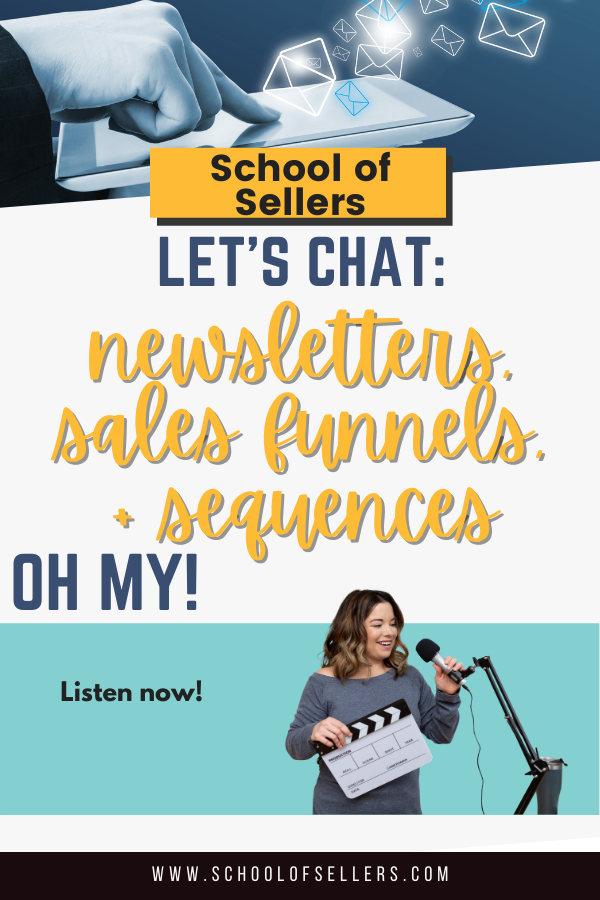
Erin: Right. And I think probably the way that most teacher sellers have it set up is they have some sort of nurture sequence that all subscribers get when they first join a list. It’s a getting-to-know-you type thing. And then the funnels, like you said, are the more specific sequences that you can set up that lead to specific products. So if you are someone who is very curious about how email lists can make you money, that’s when the money side starts to come into play is when you start setting up those funnels and those sequences that are going to lead to a product rather than just a getting-to-know-you sort of situation.
How much does it cost to start an email list?
Erin: If you are someone who wants to start your email list and you don’t have a whole lot of wiggle room in your budget right now—which let’s be honest, who really does at this point? It feels like there’s always something new to pay for in the teacher seller world. You can get started for zero dollars. We talked a little bit about how ConvertKit has a free plan up to 1,000 subscribers. So you can certainly start with them. And I don’t know off the top of my head about the other providers in terms of their starting deals. But you can do an easy search and see what they offer in terms of their pricing.
Options like Flodesk exist for sellers just like you who are starting out. If you’re someone who’s just starting your email list and for $19 a month, I mean you really can’t beat that, whether you’re just starting on TPT or you’ve been doing this for 10 years. If you are just entering the email world, $19 a month sounds pretty darn good. So those are two options right off the bat that you can explore for low cost.
I don’t know the prices for the other ones. Let’s say for like when you get to 10,000 subscribers, you’re paying like over a hundred dollars a month just to give you an idea. And I mean that seems pricey to me especially given how common email marketing is now. It probably won’t take long for some of you to get to 10,000 subscribers and that’s just something to consider.

Ashley: I think it’s pretty common for most subscribers to be free up to 1,000 except for Flodesk. But I also just want to say you should be prepared to pay for an email list eventually. That’s why I lean towards Flodesk a little bit so that you’re not having to migrate your email list over. But eventually, hopefully, it would be a good cost. I know it’s kind of a pain that we add another cost to our business, like you were saying. But hopefully, you are making that back if you’re using it the way that we’re describing right now.
Erin: Right. A lot of times obviously we’re always thinking, how can we get it for free first? Like that would be the ideal situation. But you bring up an excellent point, Ashley, when you say that eventually, like that’s going to be something you have to pay for regardless. And even if you don’t make money from that list right away, it’s still a very worthwhile investment just because it’s one of the only things in your business that you are going to truly own.
Like when you post on Facebook or Instagram or even TeachersPayTeachers, I mean you don’t own those platforms and you don’t control the future of those platforms. So in the event that one or all of those things were gone tomorrow, you still have those email contacts and those names. And if you’ve done a good job nurturing them, that could be a really beneficial thing later on down the road if other options fall through for whatever reason. Not that I see that happening.
But it’s just definitely a good vote for email in terms of why you would invest in something like that. Okay, guys. That’s where we are wrapping it up today for the show. But we hope that you will join us next week for our final installment of the email hot seat series. Thank you so much for being a listener of the School of Sellers show and also for being a member of the School of Sellers community.
If you want to learn more about email, download our email dictionary to make sense of all the crazy lingo that comes along with email marketing.
Links mentioned in this episode:
- Finishing Framework
- Email Lab
- ABCs of Email Marketing
- Start with Flodesk
- Start with ConvertKit
Looking for another way to get this episode? Download the transcript for Email Newsletters, Sales Funnels, and Welcome Sequences here!
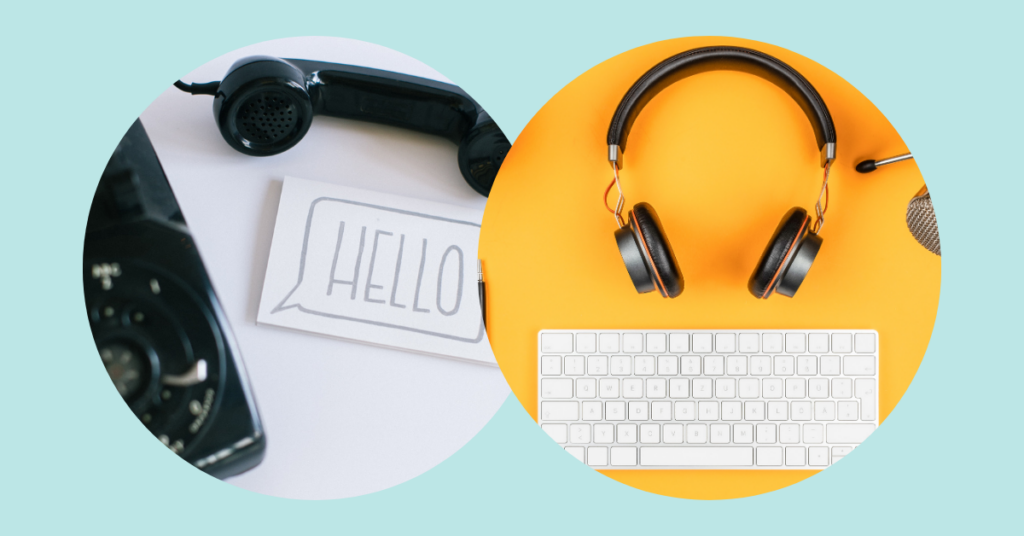
Subscribe to the show!
Are you subscribed to the School of Sellers podcast yet? If not, I want to encourage you to do that today so you never miss an episode. Subscribe on Spotify, Apple Podcasts, Stitcher, Amazon Music, or Google Podcasts!
If you’re feeling generous, I would be eternally grateful if you left me a review over on Apple Podcasts, too. Reviews help other sellers find my podcast just like you. Thank you!
Let’s connect!
Follow us on the podcast, the Facebook group for new sellers, the Facebook group for established sellers, YouTube, Instagram, and TikTok!
